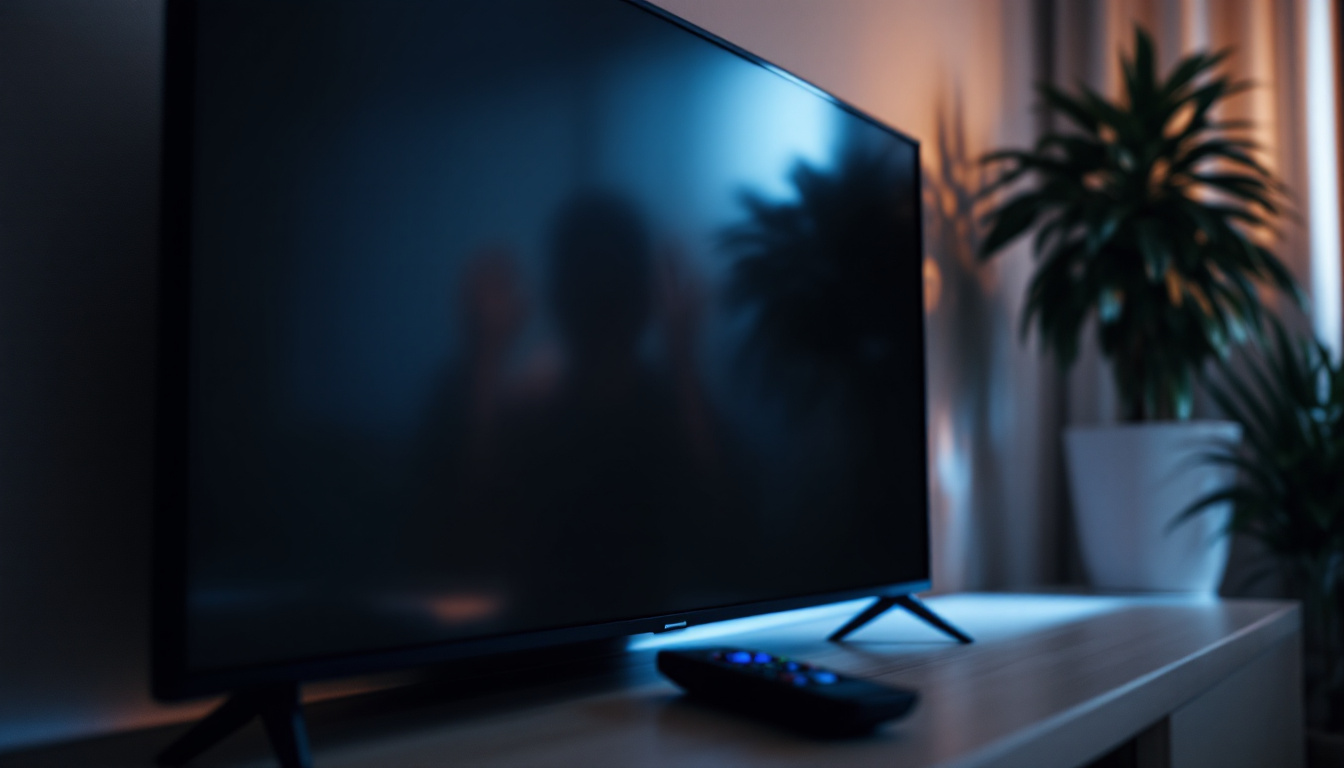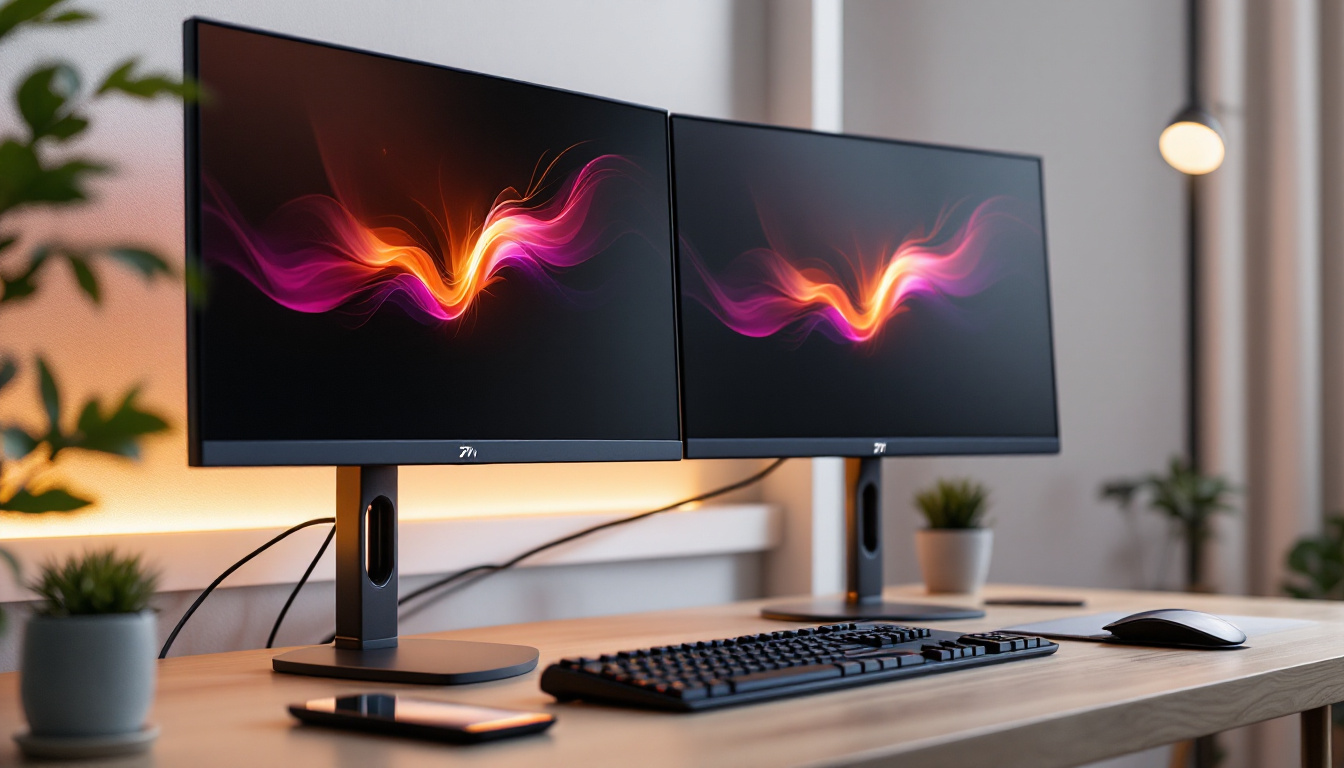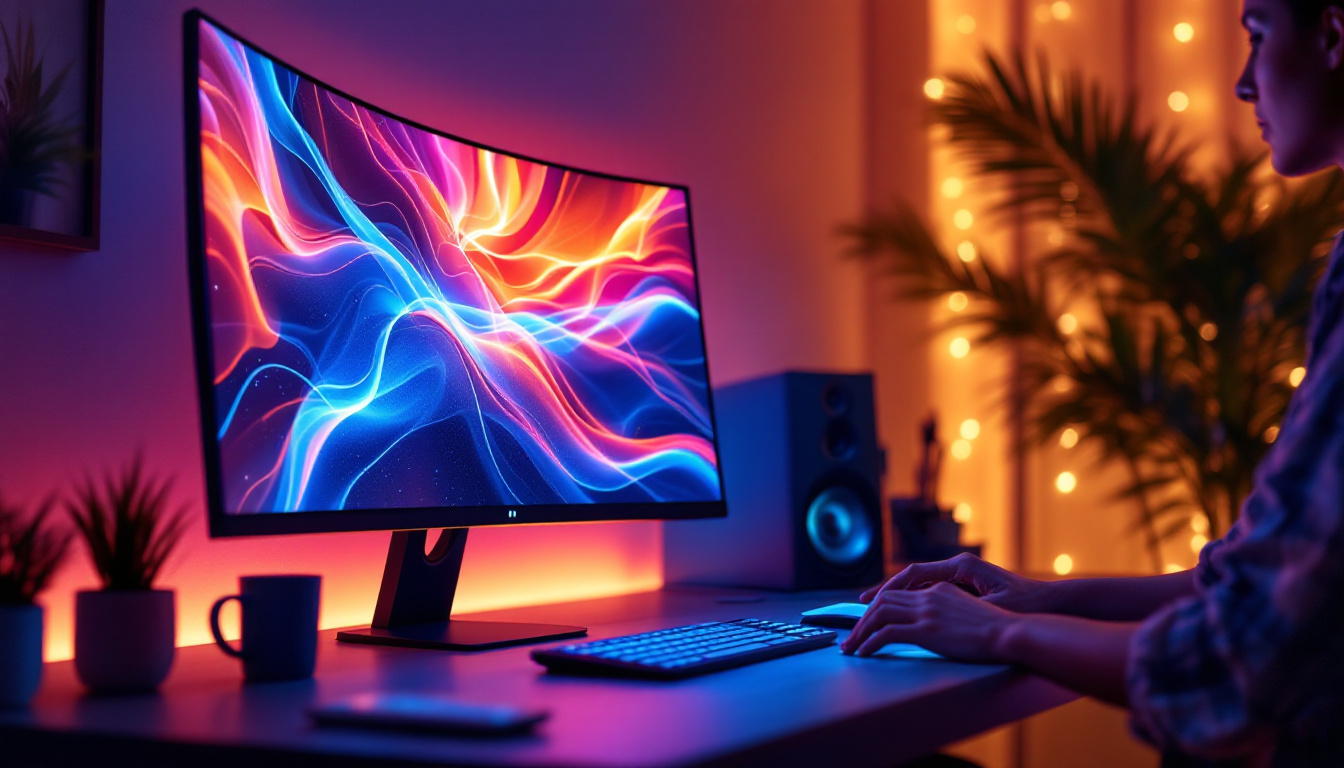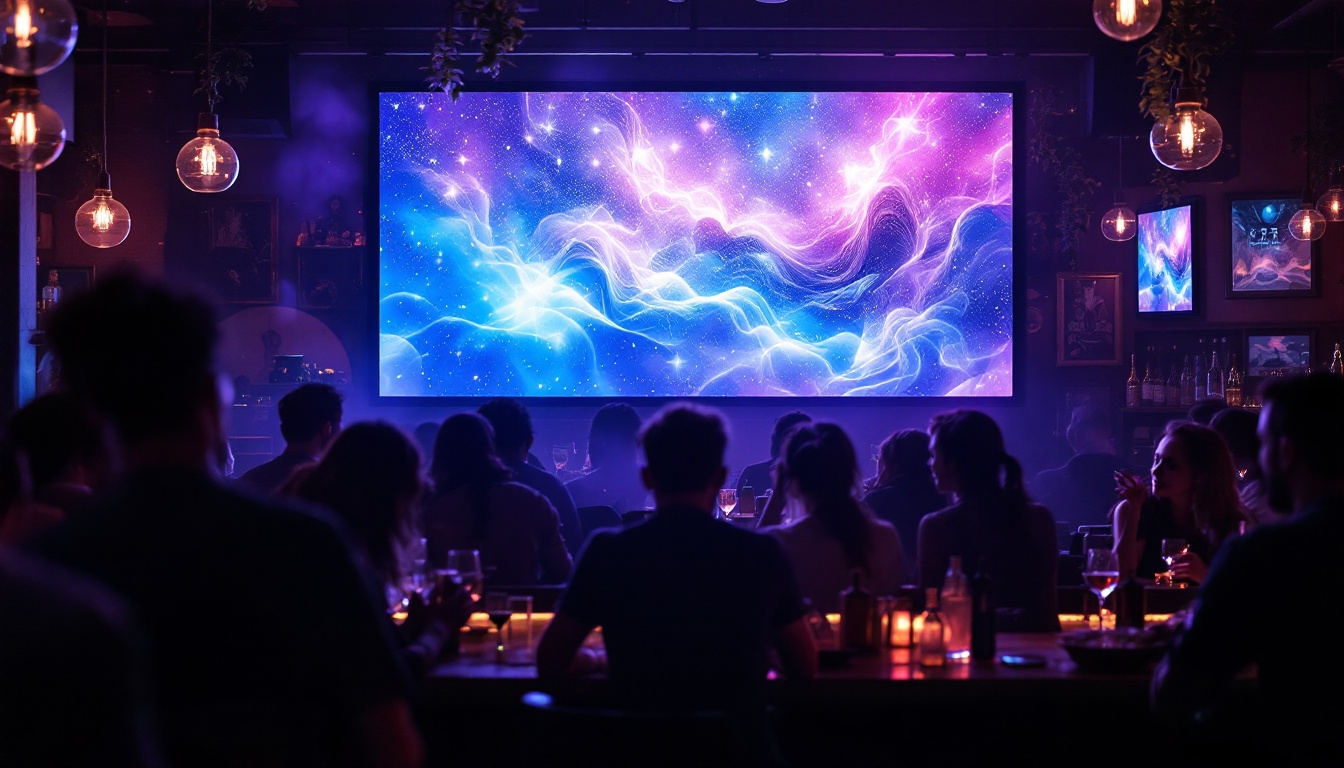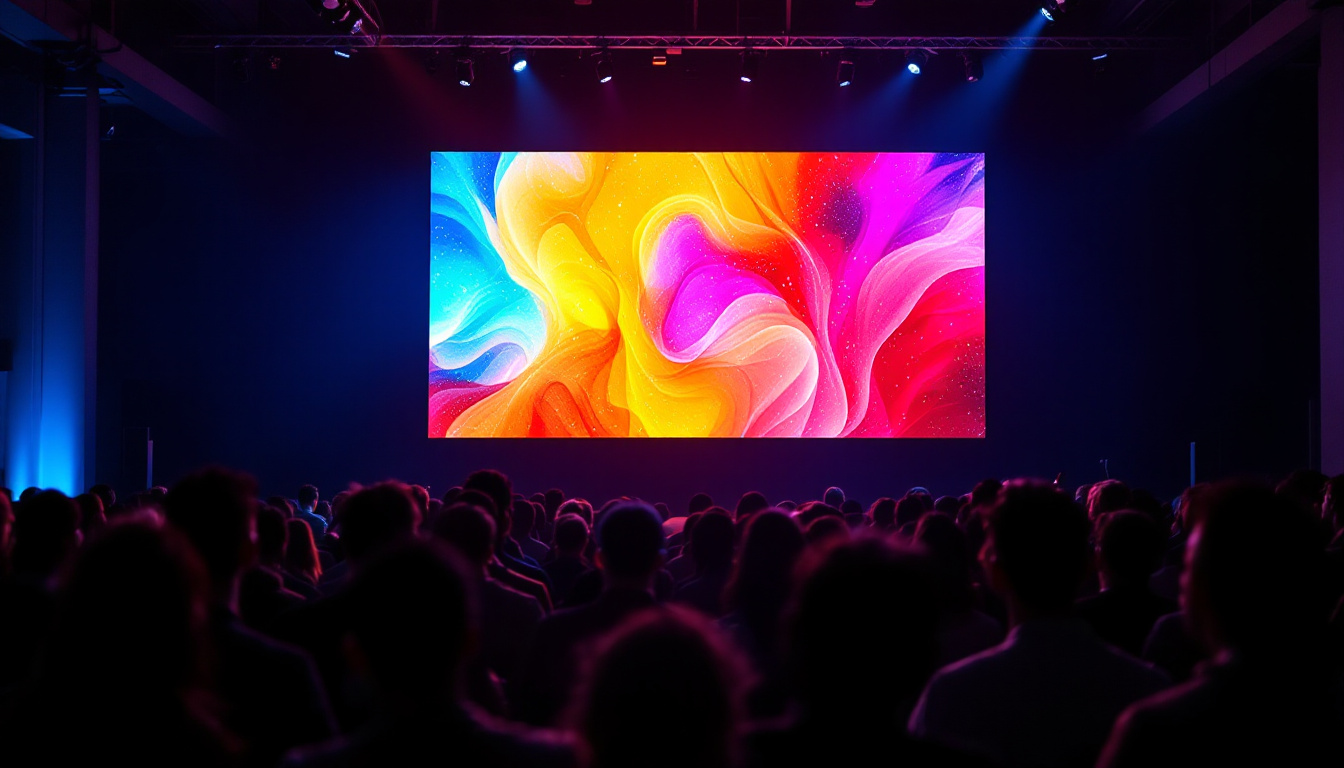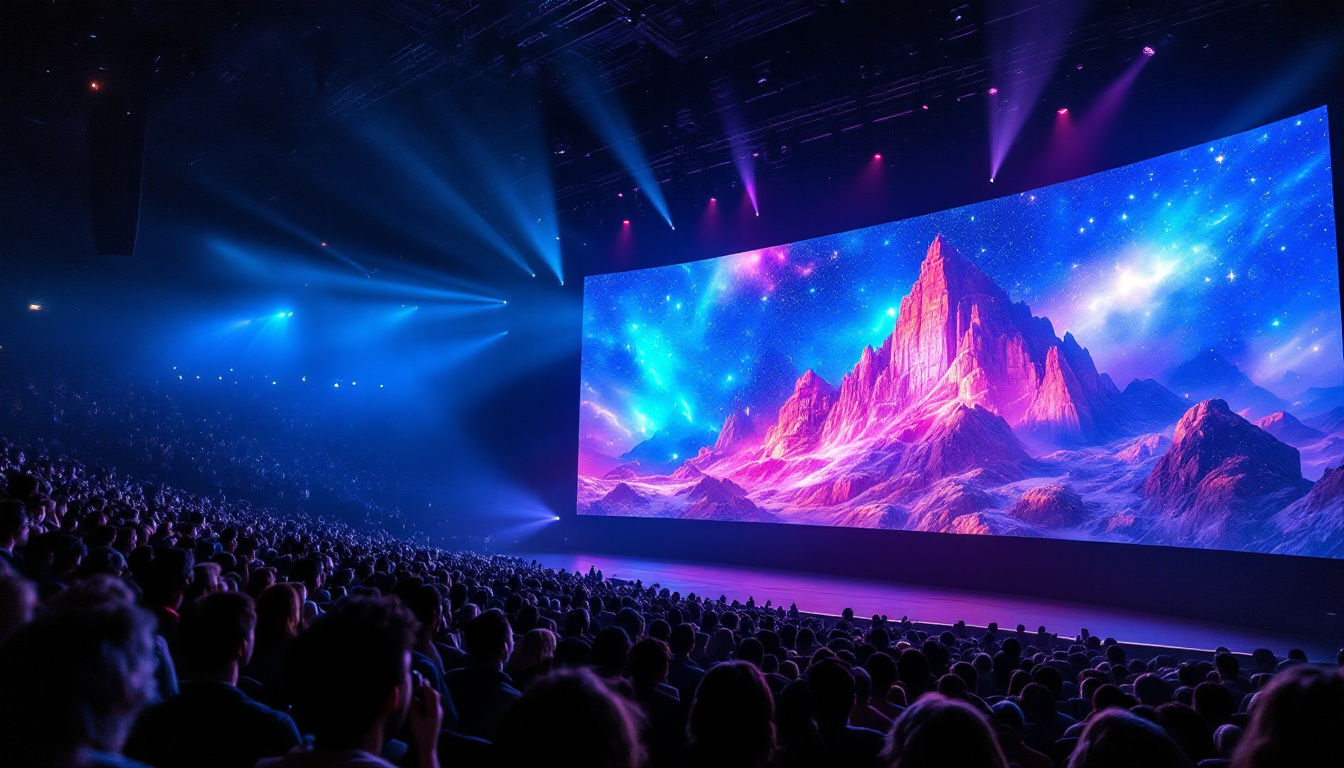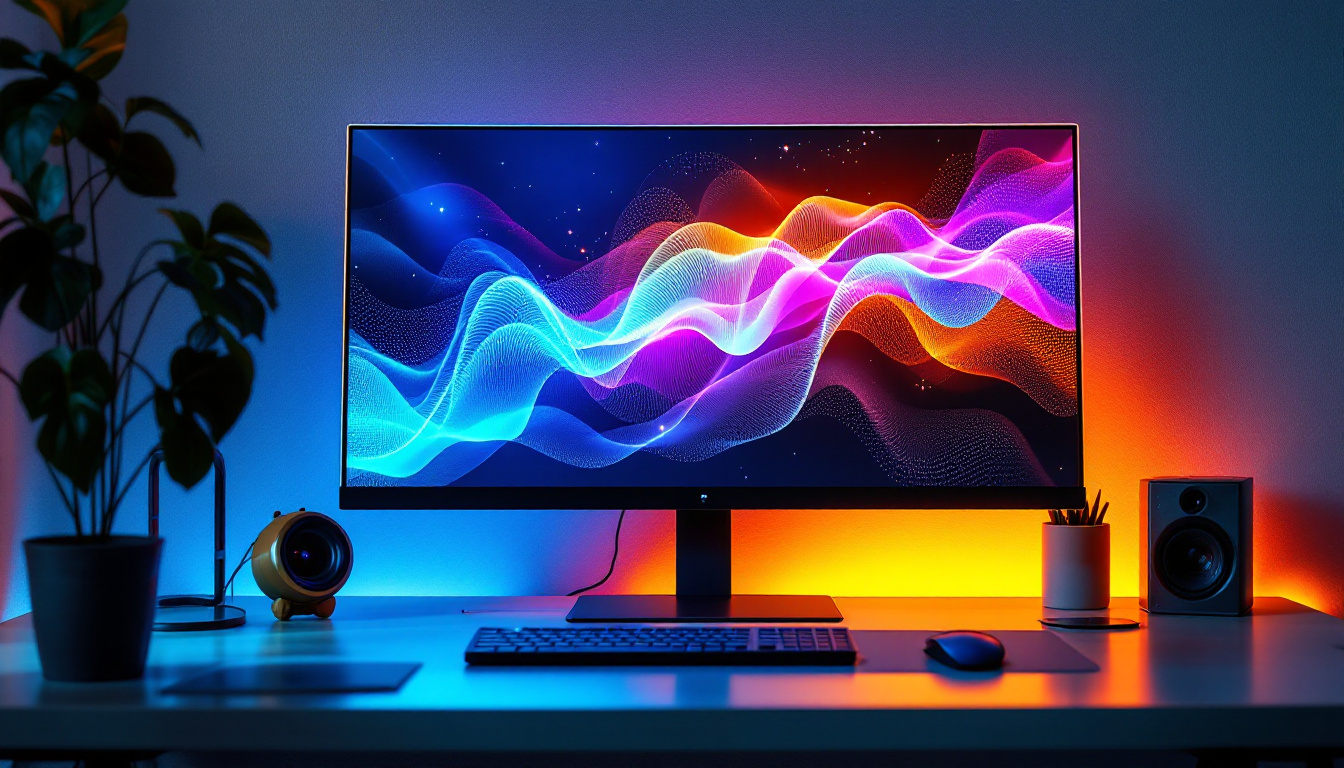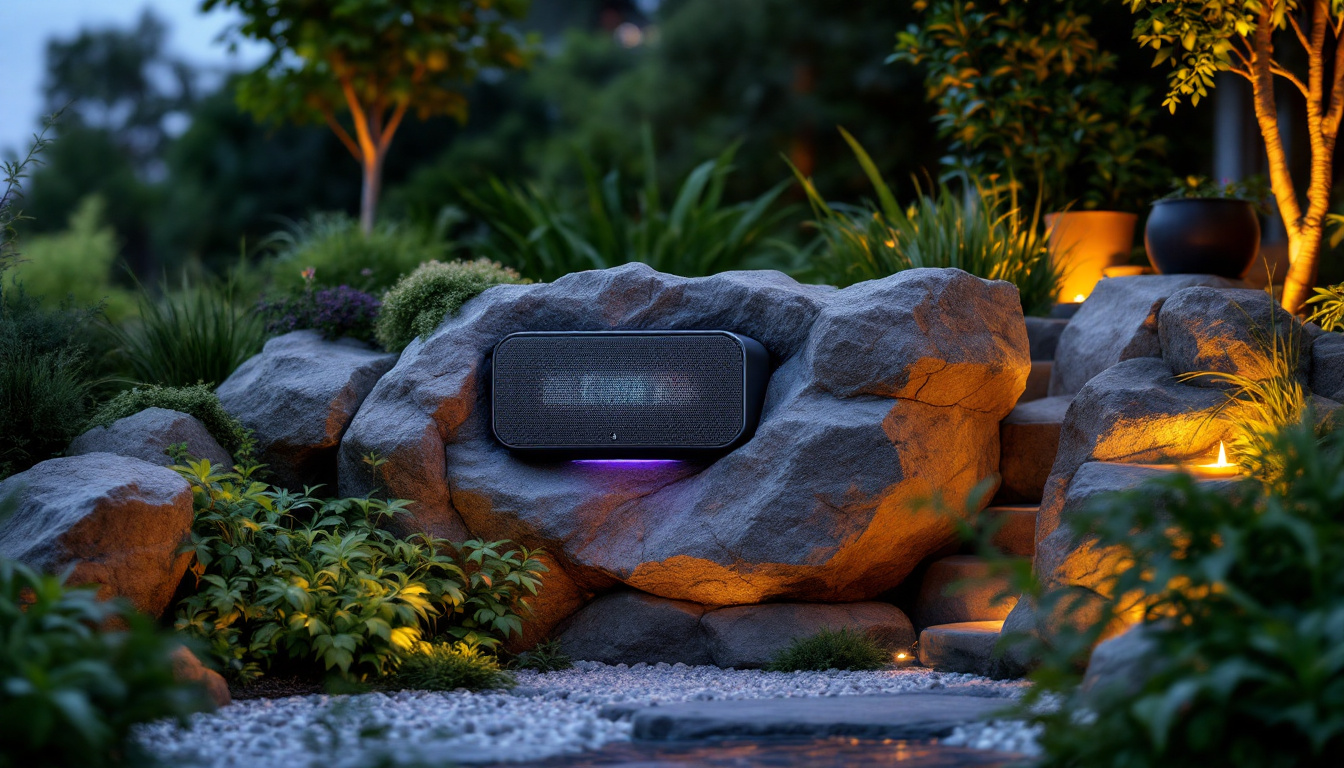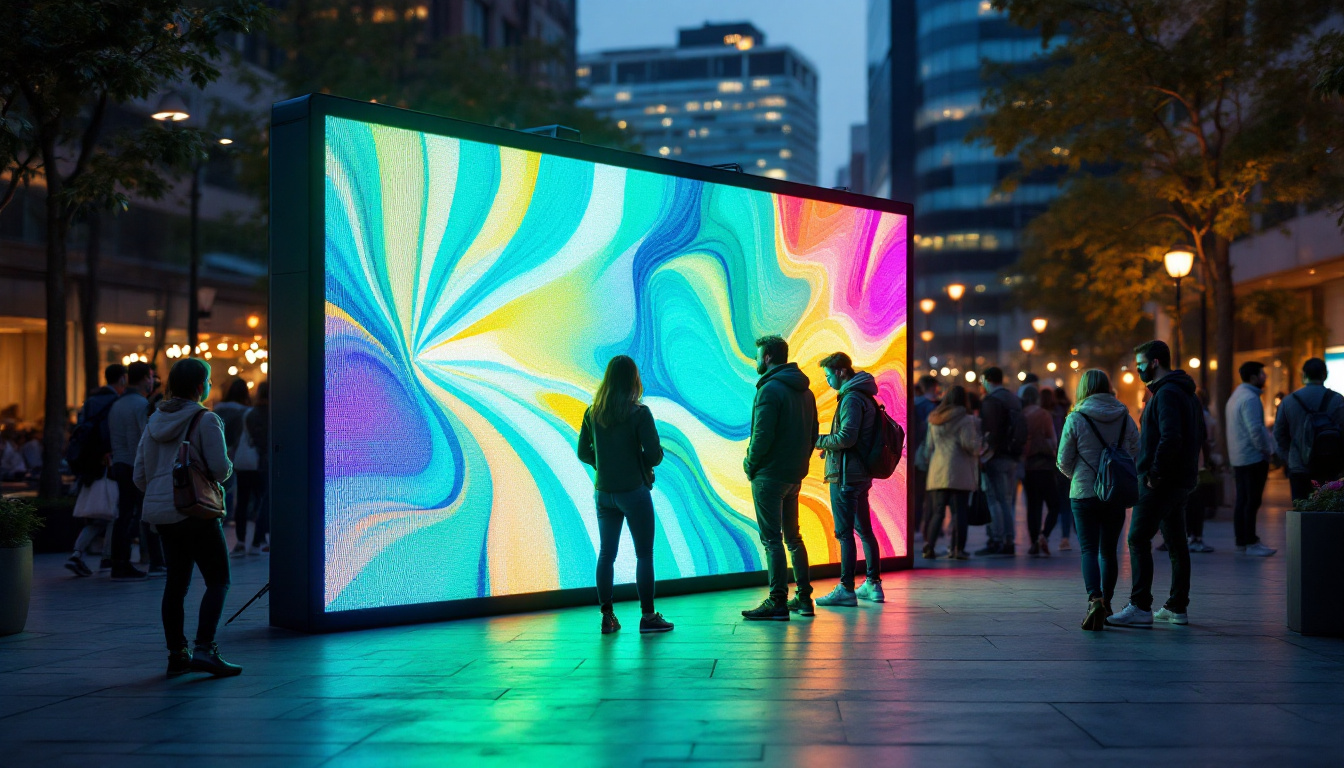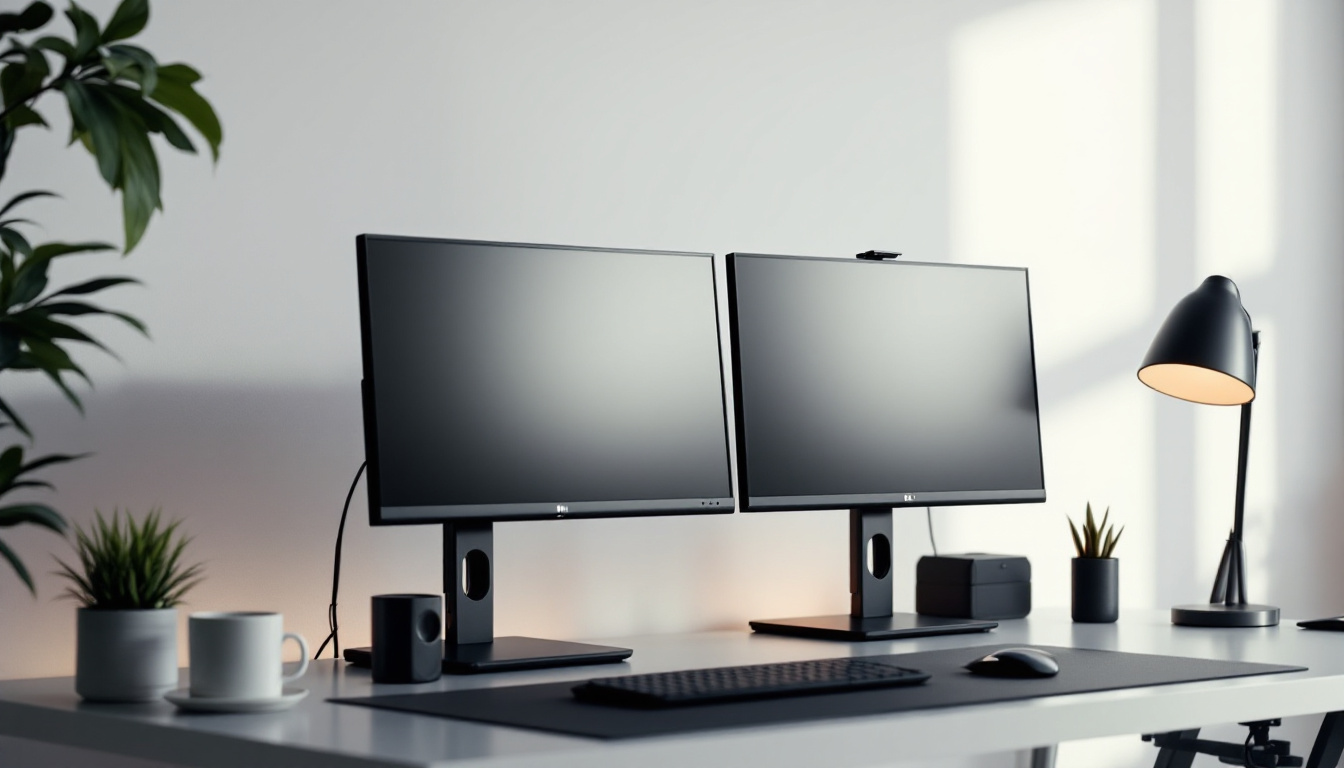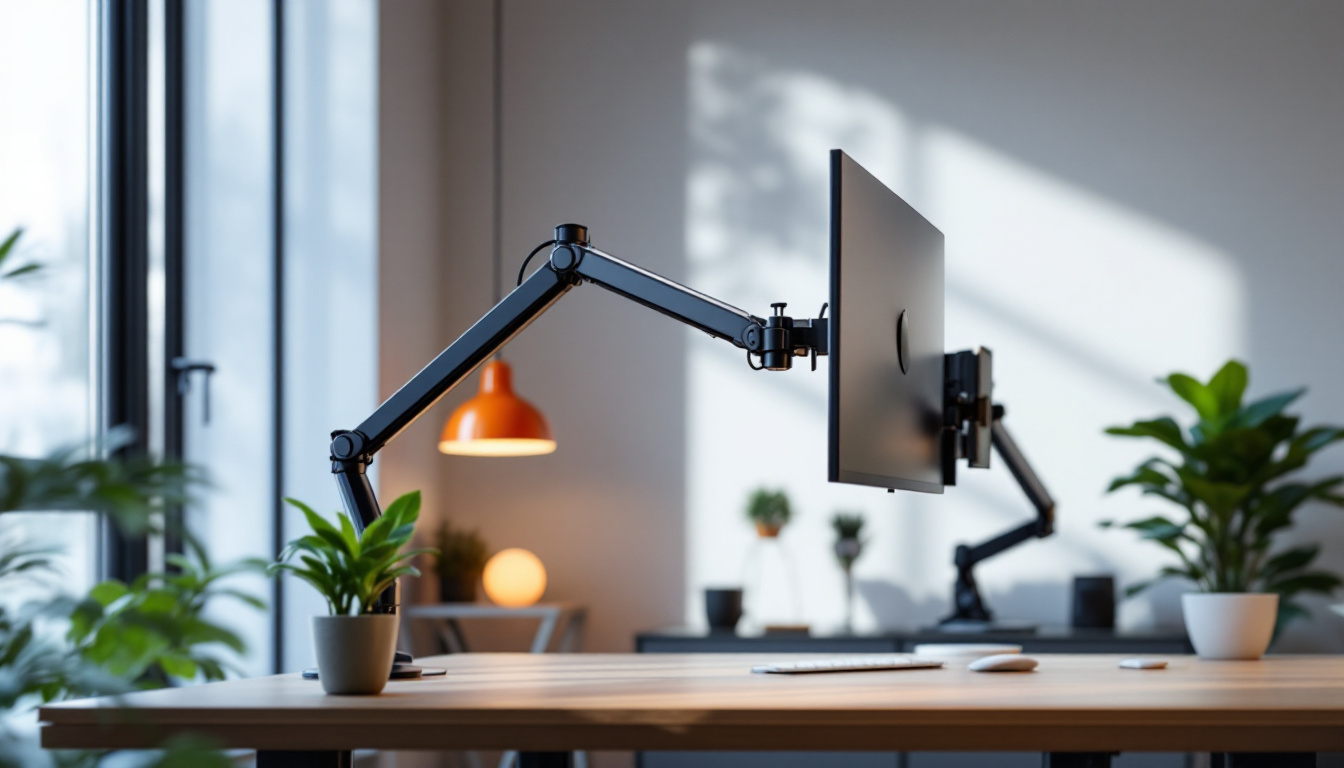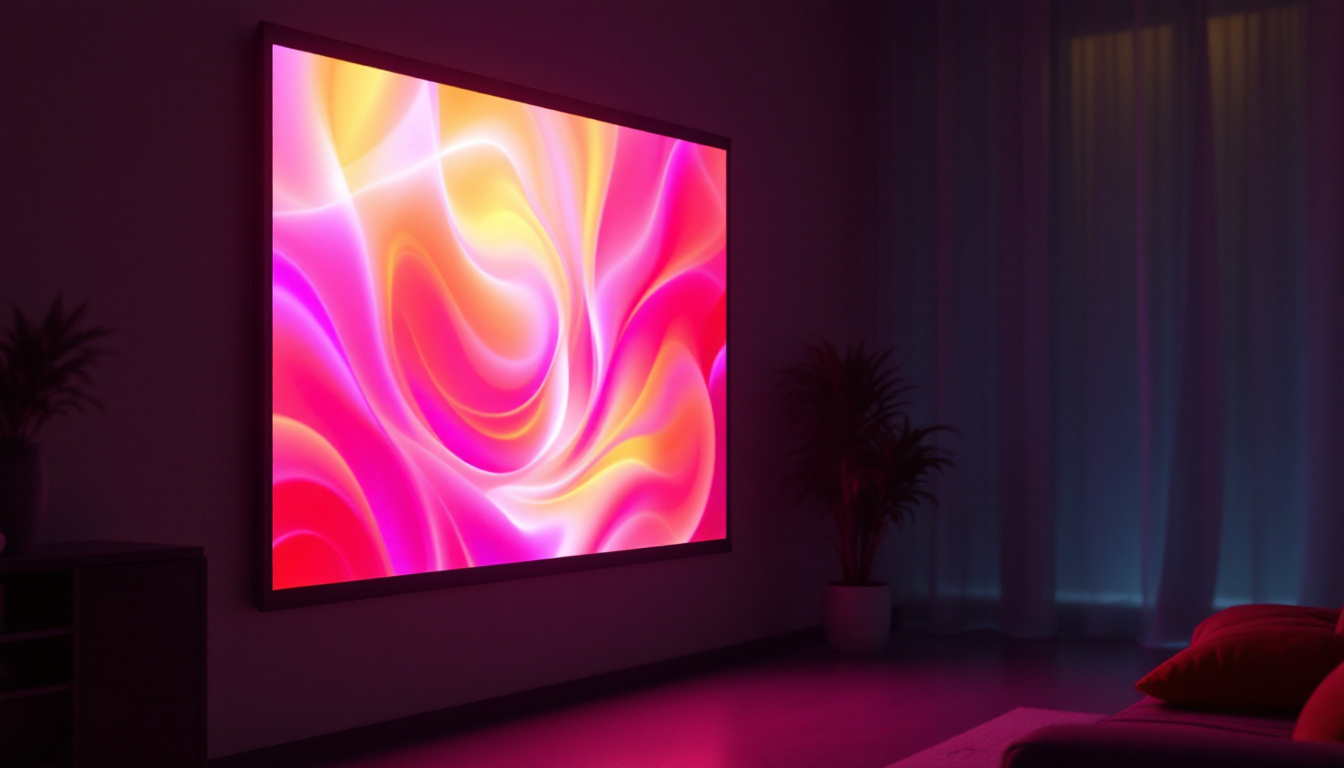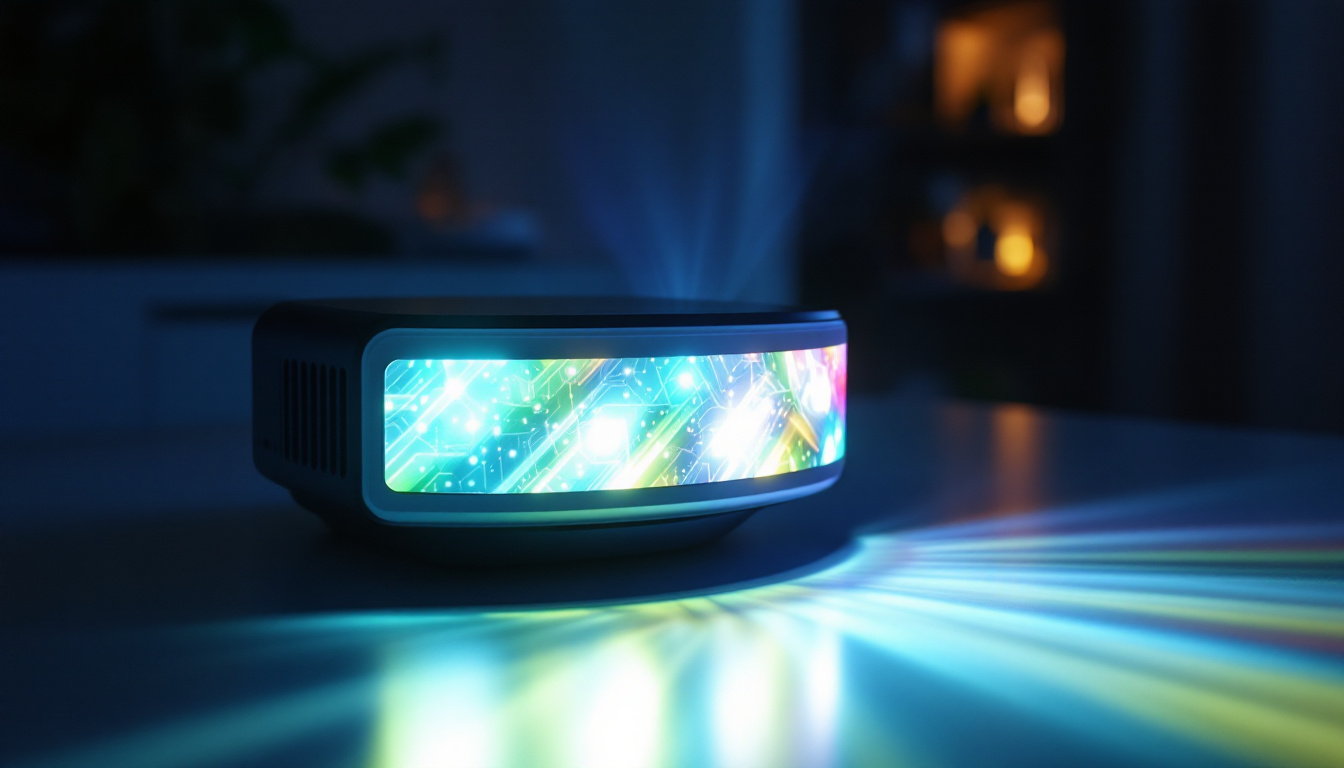Experiencing a black screen on your LED TV while still hearing sound can be frustrating and perplexing. This issue can stem from various causes, ranging from simple connectivity problems to more complex hardware failures. Understanding the underlying mechanisms of LED displays and troubleshooting steps can help resolve these issues effectively. This article delves into the reasons behind a black screen with sound, the technology of LED displays, and practical solutions to restore your viewing experience.
Understanding LED Display Technology
LED (Light Emitting Diode) technology has revolutionized the way we consume visual media. Unlike traditional LCD screens that use fluorescent backlighting, LED displays utilize an array of tiny diodes to produce light. This not only enhances the brightness and contrast of images but also contributes to a slimmer design. The energy efficiency of LED technology is another significant advantage, as it consumes less power compared to older display technologies, making it an environmentally friendly option for consumers.
How LED Displays Work
At the core of an LED display is a matrix of pixels, each capable of emitting light in various colors. When you watch a movie or play a video game, the TV processes the incoming signal and instructs each pixel to change its color and brightness accordingly. This dynamic adjustment creates the vibrant images we see on screen. The precision with which these pixels can be controlled allows for stunning visuals, with some high-end models boasting 4K and even 8K resolutions that deliver unparalleled detail and clarity.
LED displays can be categorized into two main types: edge-lit and backlit. Edge-lit LED TVs use LEDs placed along the edges of the screen, while backlit models have a full array of LEDs behind the screen. The latter typically offers better contrast and color accuracy, making it a popular choice among consumers. Additionally, advancements in technology have led to the development of OLED (Organic LED) displays, which provide even deeper blacks and a wider color gamut, further pushing the boundaries of visual excellence.
Common Features of LED TVs
Modern LED TVs come equipped with a plethora of features designed to enhance the viewing experience. These include high dynamic range (HDR) for improved color depth, smart capabilities for streaming services, and advanced motion smoothing technologies. The integration of voice control and artificial intelligence has also made it easier for users to navigate content and customize their viewing preferences. However, despite these innovations, users may still encounter issues such as a black screen with sound. This can often be attributed to simple connectivity problems or settings that need adjustment, highlighting the importance of understanding the technology behind these devices.
Moreover, many LED TVs now support various connectivity options, including HDMI, USB, and even wireless connections, allowing for seamless integration with other devices such as gaming consoles, sound systems, and home automation setups. This versatility not only enhances the overall entertainment experience but also ensures that users can enjoy their favorite content in the best possible quality. As technology continues to evolve, we can expect even more exciting developments in LED display technology, paving the way for richer and more immersive viewing experiences.
Common Causes of Black Screen with Sound
When a TV screen goes black but sound continues, it can be indicative of several issues. Understanding these potential causes is crucial for effective troubleshooting.
1. Connectivity Issues
One of the most common reasons for a black screen with sound is a problem with the connection between the TV and the source device, such as a cable box, gaming console, or streaming device. Loose or damaged cables can disrupt the video signal, leading to a black screen. Checking all connections, including HDMI and power cables, is a fundamental first step in troubleshooting. It’s also worth noting that using low-quality or incompatible cables can exacerbate the problem. Upgrading to high-speed HDMI cables, especially for 4K content, may enhance the signal quality and resolve connectivity issues.
2. Source Device Malfunction
Sometimes, the issue lies not with the TV itself, but with the source device. If the device is malfunctioning or has crashed, it may not send a video signal to the TV. Restarting the source device can often resolve this issue. Additionally, switching to a different input source can help determine if the problem is isolated to one device. If the problem persists, it may be beneficial to check for any software updates for the source device. Manufacturers often release firmware updates that can fix bugs or improve compatibility with various TVs.
3. TV Settings and Configuration
Incorrect settings on the TV can also lead to a black screen. For instance, if the TV is set to an incompatible resolution or refresh rate, it may not display the video correctly. Accessing the TV settings menu and adjusting the display settings can often rectify this issue. Furthermore, some TVs have a ‘Game Mode’ or ‘Cinema Mode’ that can alter the display settings significantly. If you’re experiencing a black screen while gaming or watching movies, toggling these modes might help restore the picture. Additionally, resetting the TV to factory settings can sometimes resolve persistent issues, but this should be done with caution as it will erase all personalized settings.
Troubleshooting Steps to Resolve Black Screen Issues
When faced with a black screen while sound continues, following a systematic troubleshooting approach can help identify and resolve the problem.
Step 1: Check Connections
Begin by inspecting all connections between the TV and any external devices. Ensure that HDMI cables are securely plugged in and not damaged. If possible, try using a different HDMI cable or port to rule out any issues with the current connection. Additionally, check for any loose or frayed wires that may be causing intermittent connections. Sometimes, even a slight movement of the cable can lead to a loss of signal, so it’s worth ensuring that everything is snug and secure.
Step 2: Restart Devices
Power cycling both the TV and the source device can often resolve temporary glitches. Turn off both devices, unplug them from the power source, and wait for about a minute before reconnecting and turning them back on. This simple step can refresh the system and restore the video signal. If the problem persists after this step, consider checking for any software updates for both the TV and the connected devices. Manufacturers often release updates that can fix bugs or improve compatibility, which may resolve the black screen issue.
Step 3: Adjust TV Settings
If the issue persists, access the TV’s settings menu. Look for options related to picture settings, resolution, and input sources. Ensure that the correct input source is selected and that the resolution matches that of the source device. Resetting the TV to factory settings may also be a viable option, but this should be done with caution as it will erase all personalized settings. Furthermore, explore advanced settings such as HDR (High Dynamic Range) or color settings, as sometimes these features can interfere with the display if not configured correctly. If you are using a smart TV, consider checking the app settings as well, as certain applications may have their own display settings that could affect output.
When to Seek Professional Help
If the black screen issue continues despite following the troubleshooting steps, it may indicate a more serious problem that requires professional assistance. Understanding when to seek help can save time and prevent further damage to the TV.
Signs of Hardware Failure
There are several signs that may suggest a hardware failure. If the TV displays flickering images, strange colors, or if the sound cuts out intermittently, these could be indicators of a failing display panel or other internal components. Additionally, if the TV emits unusual sounds or smells, it is crucial to turn it off immediately and seek professional help.
Warranty and Repair Options
Before pursuing repairs, check whether the TV is still under warranty. Many manufacturers offer warranties that cover certain types of damage and malfunctions. If the warranty is still valid, contacting the manufacturer or retailer for support is advisable. For out-of-warranty TVs, local repair shops may offer diagnostic services and repairs at reasonable rates.
Preventive Measures for LED Display Longevity
Taking proactive steps can help prevent issues with LED displays and extend their lifespan. Here are some effective preventive measures to consider.
1. Proper Ventilation
LED TVs generate heat during operation, and inadequate ventilation can lead to overheating. Ensure that the TV is placed in a well-ventilated area, away from direct sunlight and heat sources. Avoid covering vents and keep the area around the TV clean to promote airflow.
2. Regular Maintenance
Regular maintenance can help keep the TV in optimal condition. Dust and dirt can accumulate on the screen and internal components, affecting performance. Use a microfiber cloth to gently clean the screen and a soft brush or vacuum with a brush attachment to clear dust from vents.
3. Software Updates
Many modern LED TVs offer software updates that can improve performance and fix bugs. Regularly check for updates through the TV’s settings menu and install them as needed. Keeping the software up to date can help prevent issues related to compatibility and functionality.
Conclusion
A black screen with sound on an LED TV can be a frustrating experience, but understanding the technology and common causes can make troubleshooting more manageable. By following systematic steps to check connections, restart devices, and adjust settings, many users can resolve the issue on their own. However, recognizing when professional help is necessary is equally important to prevent further damage.
Implementing preventive measures such as ensuring proper ventilation, conducting regular maintenance, and keeping software updated can enhance the longevity and performance of LED displays. With the right knowledge and care, enjoying a seamless viewing experience is entirely achievable.
Explore Cutting-Edge LED Solutions with LumenMatrix
If you’re looking to elevate your visual experience and prevent common issues like the black screen with sound, LumenMatrix is your go-to source for advanced LED display technology. As a leader in the field, we’re committed to enhancing your brand visibility and audience engagement with our comprehensive range of LED display modules. From Indoor and Outdoor LED Wall Displays to innovative solutions like Vehicle LED Displays and LED Transparent Displays, our mission is to revolutionize visual communication. Don’t let a black screen disrupt your message; check out LumenMatrix LED Display Solutions today and see the difference cutting-edge technology can make.

